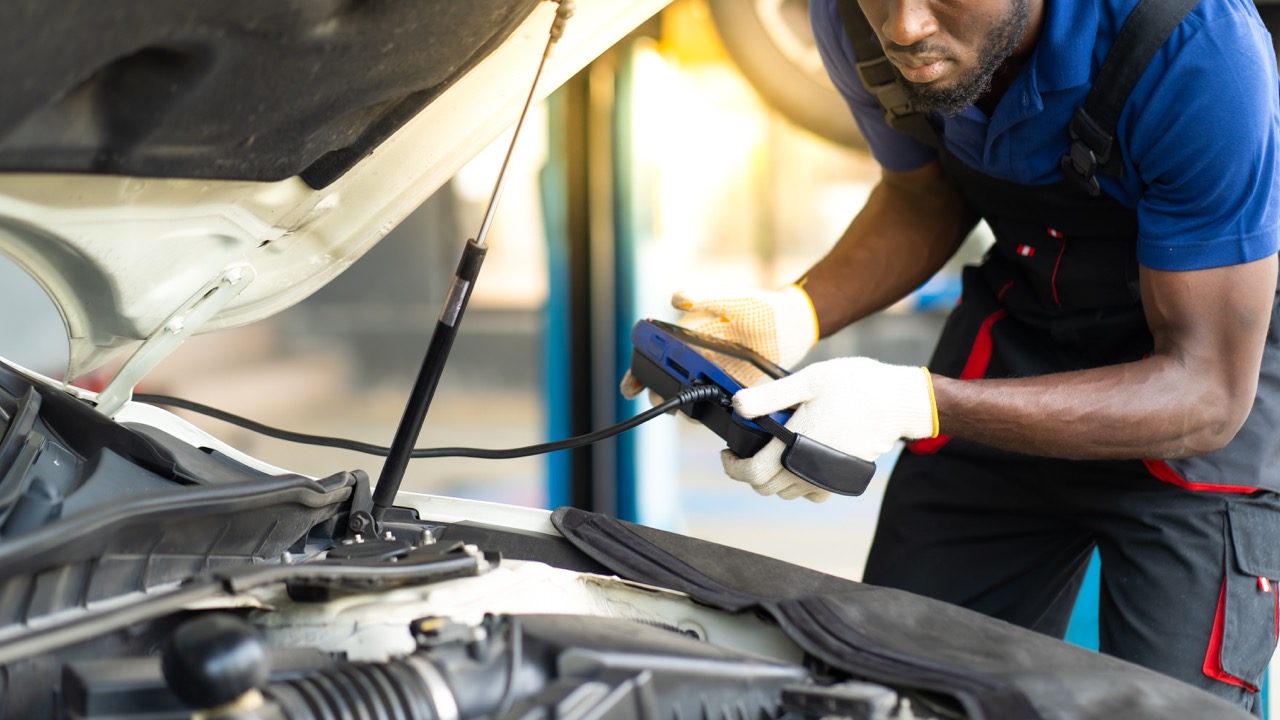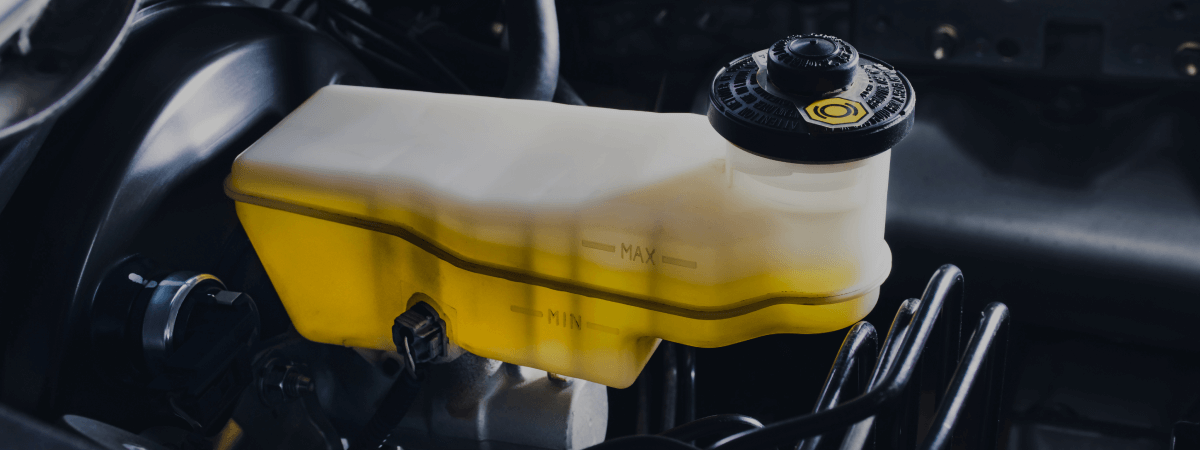
Most people know what an engine diagnostics test is. When your check engine light comes on and you pull into an auto shop to get it diagnosed, the clerk will bring out a device to hook up to your car and the device will show a set of diagnostic codes. Car diagnostic tools use specialized software to quickly and accurately point to problem areas in a car’s engine or elsewhere, thanks to built-in processors, microchips, and sensors. It is advised that you do not wait for the check engine light to come on before you do a diagnostics test.
Diagnostic tests can reveal issues with a car’s engine, transmission, exhaust system, brakes, and other major components, as well as a fuel injector, air flow and coolant, ignition coils, and throttle performance.
However, a common misconception about car diagnostic tests is that technicians can use code-reading tools to pinpoint the exact problem that caused the check engine light to illuminate. In reality, the code informs technicians about which engine or component parameters are out of range, but it does not explain why.
Benefits
- These tests detect errors long before they cause major problems in the engine bay, saving you money on costly repairs.
- These tests, in addition to extending the life of your vehicle, can save the lives of those commuting with you as well as passengers in other vehicles. An automotive diagnostic test can notify you when it is time to replace your car brakes before they become spongy or completely fail.
- It searches your car’s onboard computer system for stored information or manufacturer notifications. If the data is extracted, it can assist auto technicians in quickly resolving the problem.
In general, an engine diagnostic machine is connected to the car’s computer. The computer returns a diagnostic code that can be compared to a list of codes provided by the manufacturer. A thorough engine diagnostic will include the following:
- Retrieving data – In order to accurately diagnose the vehicle, an onboard computer system is used to locate computer codes, freeze-frame data, software version numbers, critical sensor data, and status information.
- Verification testing – This determines whether or not the system meets the specifications. At this stage, the engine vacuum and back pressure, ignition and fuel system, and emissions system are all tested.
- Pinpoint testing – In order to make an informed diagnosis, it is a manufacturer requirement to pinpoint test the circuit or component.
- Service bulletins – Using service bulletins can help determine whether the problem is a recurring issue for a specific vehicle type.
- Car repair – This includes replacing parts, cleaning components, performing manufacturer’s technical updates, updating the vehicle’s software, and wiring repair or replacement.
- Verify repair – The vehicle must be re-tested after all necessary work has been completed.
You don’t have to wait for the check engine light to illuminate before getting a car diagnostic test. If you hear or feel something strange, mechanics can use diagnostic testing to figure out what’s wrong. Many technicians, however, recommend taking your car in for a diagnostic check at least once a year, which will reveal minor problems that cannot be seen or heard and do not trigger the check engine light.
The engine experts at Master Muffler, Riverton can help you with your engine problems, but the best way to deal with engine problems is to prevent them from happening in the first place. When you bring your car in for regular maintenance, Master Muffler will perform quick inspections to let you know if there are any developing problems you should be aware of.
Related Posts
Key Takeaways On average, passenger vehicle tires last 40,000 to 60,000 miles, depending on type, driving habits, and maintenance. Replace tires when tread depth reaches 2/32”, if damaged, or older than 10 years. Regular rotation, alignment, and proper inflation extend tire life. Aggressive driving, poor roads, and harsh weather shorten tire lifespan. Take advantage [...]
When you think about car maintenance, you probably focus on oil changes, tire rotations, and maybe even brake pad replacement. But what about your brake fluid? If you’ve ever wondered, “What does brake fluid do?” or “Why is brake fluid important?”, you’re not alone. Brake fluid might not be the most talked-about part of [...]
Is that high-pitched squeal from your brakes driving you—and everyone else—crazy? Don’t ignore it. Squeaky brakes aren’t just annoying, they’re your car’s way of saying something needs attention. Whether you're cruising through Salt Lake City or winding up Idaho’s mountain passes, here’s what’s likely going on, how you can fix it, and when it [...]





